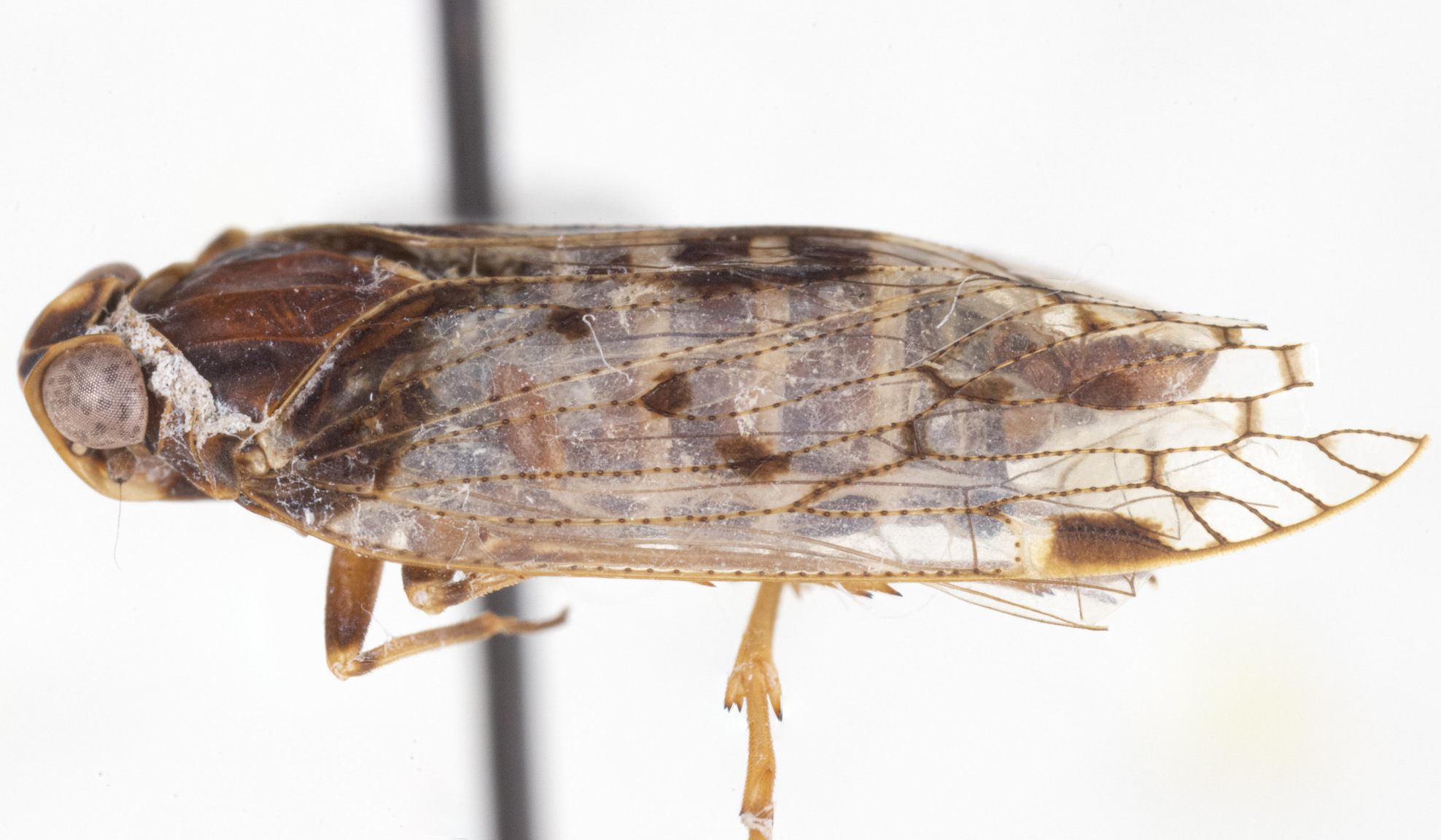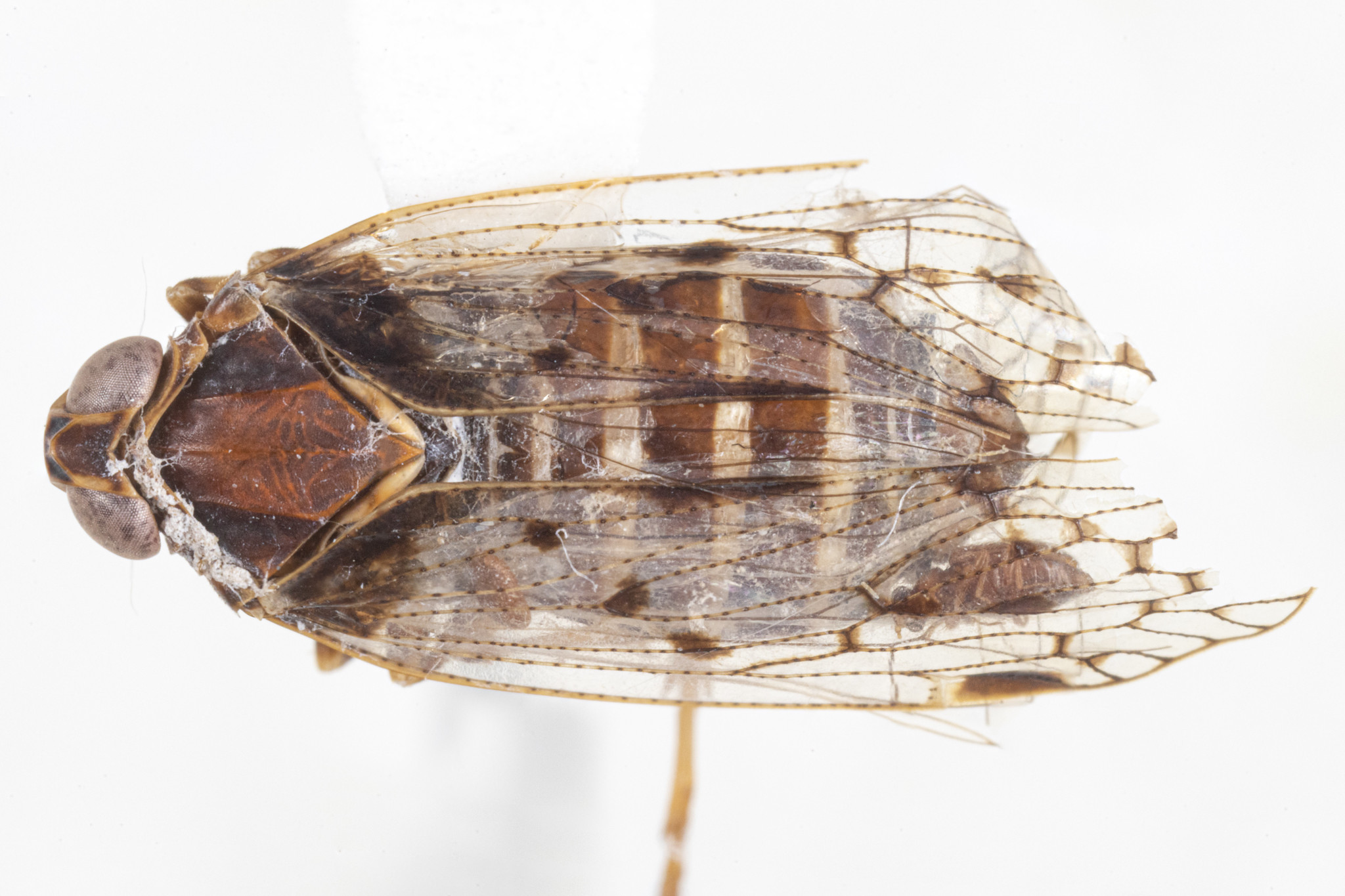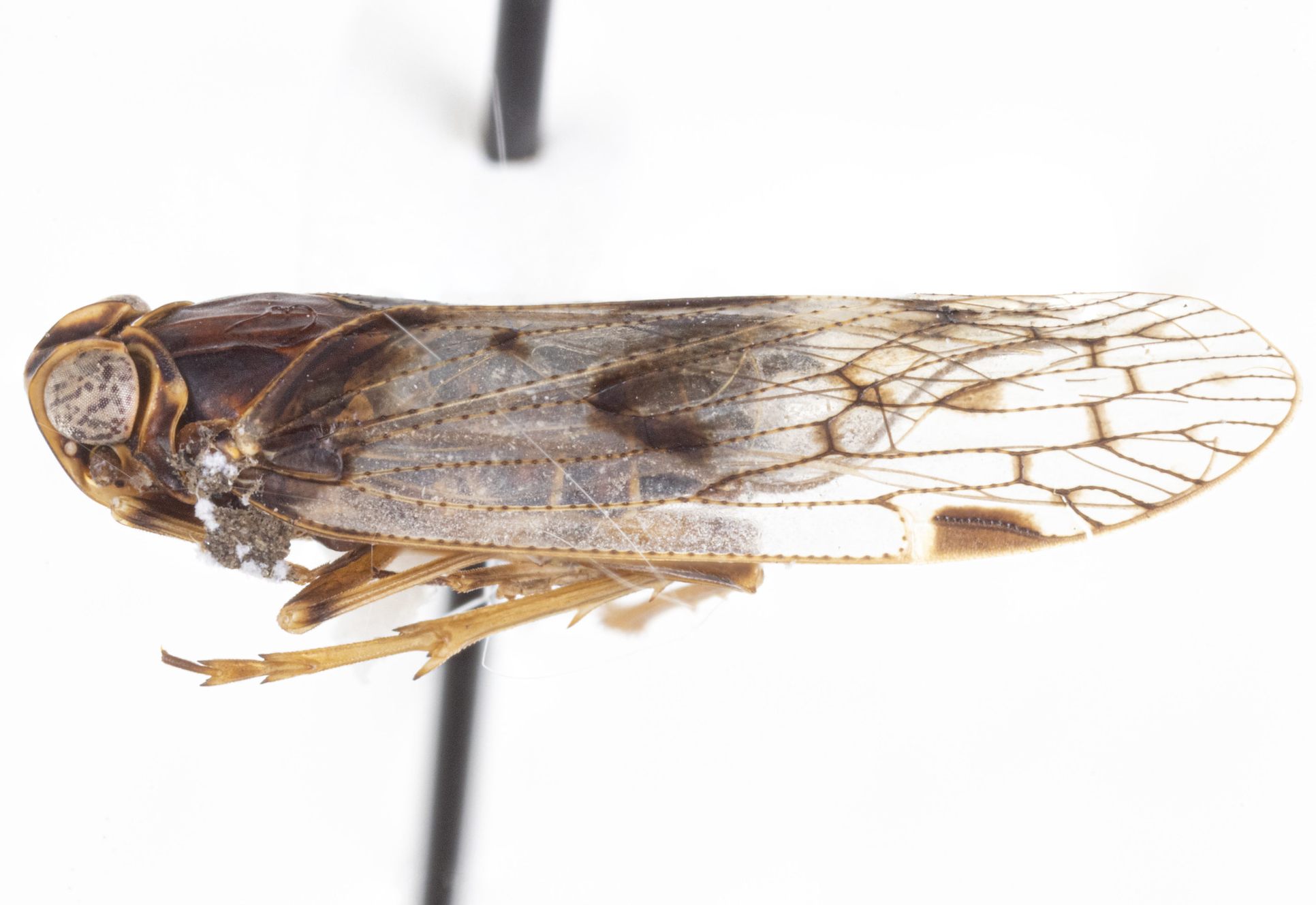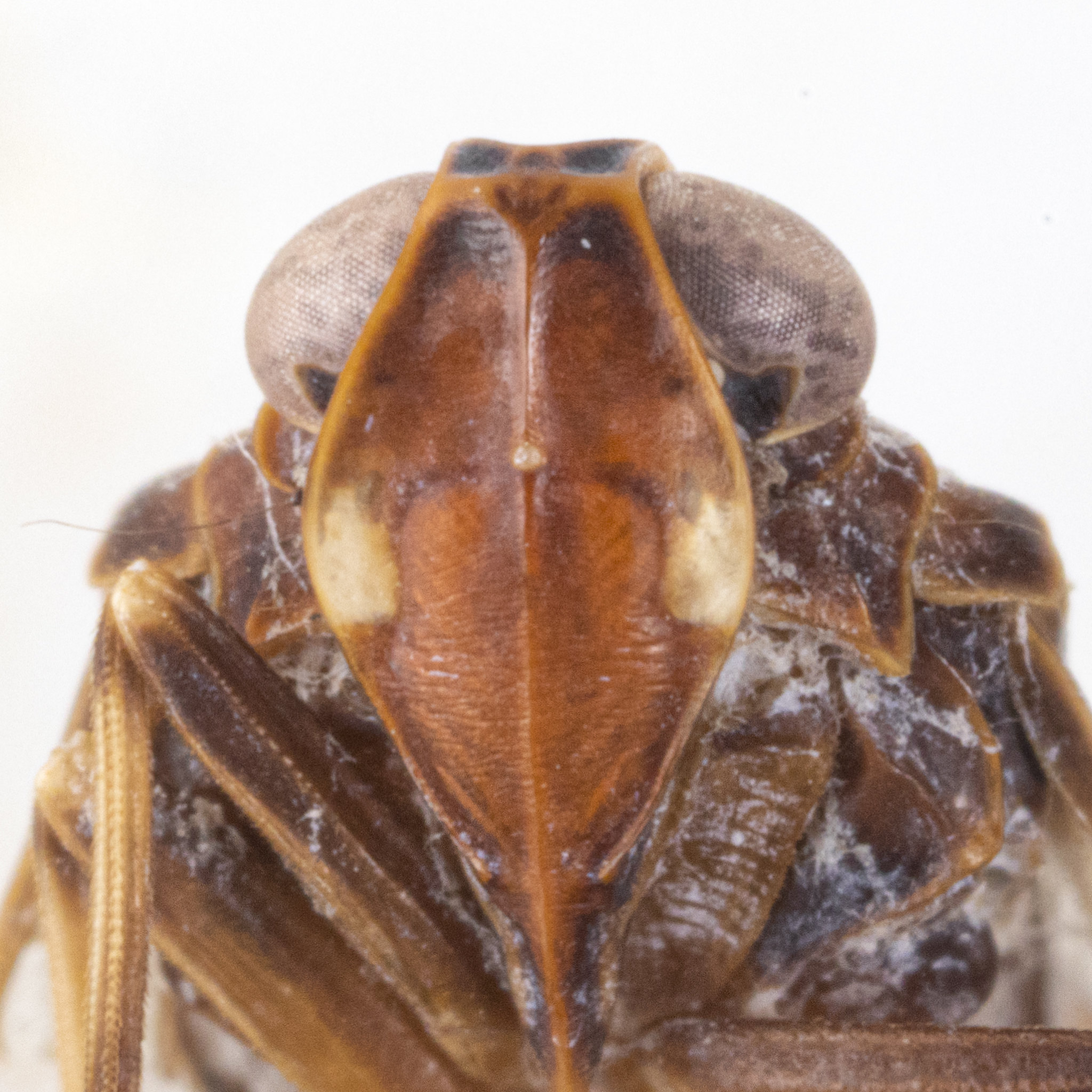| description |
This species has a distinctive wing pattern. There are three spots in a diagonal line on each wing (in some bold specimens, these dots connect). The base of the wings are often dark, though this is not always present in some individuals. The wings are typically milky subhyaline but sometimes vitreous (clear). The wing veins are typically pale yellow basally, becoming brownish towards the apex; the stigma is light to dark brown. Overall, the coloration of this species is usually a reddish/brickish color, although it can range towards black. The vertex and mesonotum range in color from piceous (glossy brownish-black) to castaneous (chestnut), and the mesonotal carinae are concolorous in some specimens, but usually a dull orange or yellow-brown. The vertex is broad, with the median length equal to or exceeding the width at the apex of the posterior emargination. The face has various coloration but is usually chestnut- the median carinae are usually orange. However, there are two distinctive pale spots on the frons, characteristic of this species. The eyes are speckled, also characteristic of this species. Adult males are 5.9-8.4 mm long. (Mead & Kramer, 1982; S. Hendrix, pers. comments)
For more images of this species, see: BG. For images of pinned specimens, see: BOLD. |
| plant associates |
Adults have been collected from the following plants: Helianthus sp., Prunus persica, Vernonia interior, Polygonum sp., Medicago sativa, Apium graveolens, Prunus cerasus, Citrus paradisi, Carya sp., grass sp., Gossypium sp., Tillandsia usneoides, Quercus virginiana, Zea mays, Zanthoxylum clavaherculis. (Mead & Kramer, 1982)
"Nymphs of cixiids are subterranean, feeding on roots and possibly fungi. The significance of adult host records is unclear. Many cixiids are presumed to be polyphagous (as adults), most often on woody plants." (UDEL) |
| comments |
Melanoliarus is a very difficult genus to identify most species based on photos. M. aridus can be possible to ID though, as it is one of the more distinctive species, particularly in the East where there are fewer similar species. Key characteristics for M. aridus are the three diagonal black spots on the wings, the [typical] dark wing bases, the two pale spots on the frons, and the speckled eyes (it is the only species in the East with speckled eyes outside of FL and TX).
The most similar eastern species is probably M. placitus, though this is a more robust species with different markings. In typical male placitus, the dark markings on the wing along the pronotum extend downwards along the commissure of the wings, forming a Y-shape. There is one spot on each wing bordering the dark line, and in bolder individuals there are dark cross veins in a diagonal pattern down from the dark spot. In typical female placitus, there are very fuscous markings across the wings. |
Species Photo Gallery for Oliaridus aridus No Common Name |
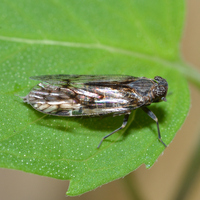 | Photo by: Margarita Lankford
Orange Co.
Comment: https://www.inaturalist.org/observations/58279294 |  | Photo by: Margarita Lankford
Orange Co.
Comment: https://www.inaturalist.org/observations/58279294 |
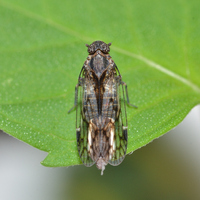 | Photo by: Margarita Lankford
Orange Co.
Comment: https://www.inaturalist.org/observations/58279294 | 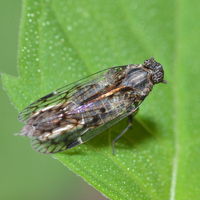 | Photo by: Margarita Lankford
Orange Co.
Comment: https://www.inaturalist.org/observations/58279294 |
 | Photo by: JM Leavengood jr, D. McCoy, A. Cisneros, and A. Garza
Out Of State Co.
Comment: male. coll. between September 25 and October 5 2016; coll. JM Leavengood jr, D. McCoy, A. Cisneros, and A. Garza. MALE.rnidentifier: UDCC_TCN 00072488 |  | Photo by: JM Leavengood jr, D. McCoy, A. Cisneros, and A. Garza
Out Of State Co.
Comment: male. coll. between September 25 and October 5 2016; coll. JM Leavengood jr, D. McCoy, A. Cisneros, and A. Garza. MALE.rnidentifier: UDCC_TCN 00072488 |
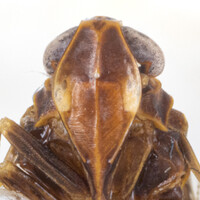 | Photo by: JM Leavengood jr, D. McCoy, A. Cisneros, and A. Garza
Out Of State Co.
Comment: male. coll. between September 25 and October 5 2016; coll. JM Leavengood jr, D. McCoy, A. Cisneros, and A. Garza. MALE.rnidentifier: UDCC_TCN 00072488 |  | Photo by: JM Leavengood jr, D. McCoy, A. Cisneros, and A. Garza
Out Of State Co.
Comment: coll. August 9-16, 2016; JM Leavengood jr, D. McCoy, A. Cisneros, and A. GarzarnUDCC_TCN 00044600 |
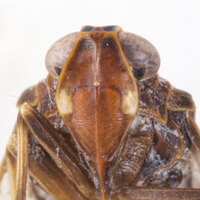 | Photo by: JM Leavengood jr, D. McCoy, A. Cisneros, and A. Garza
Out Of State Co.
Comment: coll. August 9-16, 2016; JM Leavengood jr, D. McCoy, A. Cisneros, and A. GarzarnUDCC_TCN 00044600 | 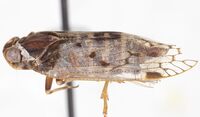 | Photo by: JM Leavengood jr, D. McCoy, A. Cisneros, and A. Garza
Out Of State Co.
Comment: coll. August 9-16, 2016; JM Leavengood jr, D. McCoy, A. Cisneros, and A. GarzarnUDCC_TCN 00044600 |
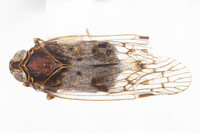 | Photo by: JM Leavengood jr, D. McCoy, A. Cisneros, and A. Garza
Out Of State Co.
Comment: collected between August 31 and September 6, 2016rncoll. JM Leavengood jr, D. McCoy, A. Cisneros, and A. GarzarnUDCC_TCN 00072553 |  | Photo by: JM Leavengood jr, D. McCoy, A. Cisneros, and A. Garza
Out Of State Co.
Comment: collected between August 31 and September 6, 2016rncoll. JM Leavengood jr, D. McCoy, A. Cisneros, and A. GarzarnUDCC_TCN 00072553 |
 | Photo by: JM Leavengood jr, D. McCoy, A. Cisneros, and A. Garza
Out Of State Co.
Comment: collected between August 31 and September 6, 2016rncoll. JM Leavengood jr, D. McCoy, A. Cisneros, and A. GarzarnUDCC_TCN 00072553 | 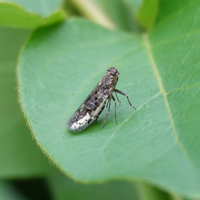 | Photo by: krkimray
Cabarrus Co.
Comment: |
 | Photo by: C.S. Brimley
Wake Co.
Comment: specimen ID: NCSU_ENT 00227273; coll. July 23, 1926; det. S.V. Hendrix, photos by S.V. Hendrix; specimen on loan from NCSU to UD | 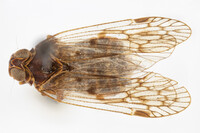 | Photo by: C.S. Brimley
Wake Co.
Comment: specimen ID: NCSU_ENT 00227273; coll. July 23, 1926; det. S.V. Hendrix, photos by S.V. Hendrix; specimen on loan from NCSU to UD |
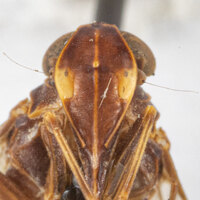 | Photo by: C.S. Brimley
Wake Co.
Comment: specimen ID: NCSU_ENT 00227273; coll. July 23, 1926; det. S.V. Hendrix, photos by S.V. Hendrix; specimen on loan from NCSU to UD |  | Photo by: Rob Van Epps
Mecklenburg Co.
Comment: Caught sweeping in grassy field. |
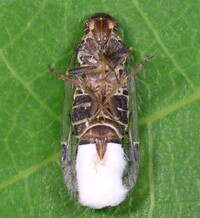 | Photo by: Rob Van Epps
Mecklenburg Co.
Comment: Caught sweeping in grassy field. | 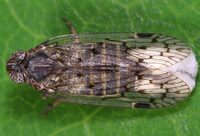 | Photo by: Rob Van Epps
Mecklenburg Co.
Comment: Caught sweeping in grassy field. |
|

 »
»